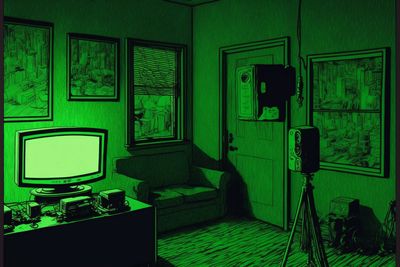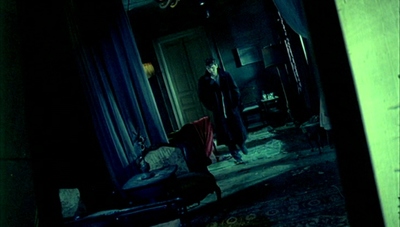Everything about the color Mint
The meaning of the color mint and color combinations to inspire your next creation.
Browse images in the color mint
What color is mint?
Mint is a light, refreshing shade of green with a hint of blue, reminiscent of the coolness and freshness of mint leaves. It evokes a sense of calm and tranquility, often associated with nature and rejuvenation.
What are similar colors to mint?
For variations within the same fresh and cool spectrum as mint, consider:
- Turquoise (#40E0D0) shares mint's refreshing vibe with a slightly more intense blue-green hue.
- Aquamarine (#7FFFD4) is similar to mint with its soft, watery green, offering a serene and tranquil feel.
- Seafoam (#93E9BE) closely resembles mint with its light green tone, evoking a sense of calm and relaxation.
- Celadon (#ACE1AF) offers a muted, pastel green similar to mint, perfect for a soothing and gentle palette.
What color goes with mint?
To complement mint's refreshing tones, consider pairing it with:
- Lavender (#E6E6FA) adds a touch of elegance with its soothing, purple-tinged hue.
- Peach (#FFE5B4) offers a warm, sunny tone that contrasts beautifully with mint's coolness.
- Coral (#FF7F50) provides a vibrant, energetic contrast to mint's soft, calming presence.
- Ivory (#FFFFF0) offers a neutral, warm balance that enhances mint's freshness.
What color conflicts with mint?
To avoid clashing with mint's refreshing tones, consider avoiding:
- Burgundy (#800020) can overpower mint's lightness with its deep, rich hue.
- Black (#000000) may overshadow mint's delicate, fresh quality.
- Gray (#808080) could dull the vibrancy of mint.
- Brown (#A52A2A) may create a heavy, earthy contrast that conflicts with mint's lightness.
What does the color mint represent?
Mint symbolizes freshness, renewal, and tranquility, often associated with nature and the soothing qualities of mint leaves. Psychologically, it is known to promote calmness and relaxation, reducing stress and anxiety. In art and design, mint is used to create a serene and inviting atmosphere, often employed in spaces meant for relaxation or rejuvenation.
What's the history of mint?
The color mint derives its name from the mint plant, known for its cool, refreshing leaves. The term "mint" as a color has been used since the late 19th century, reflecting the plant's natural hue. In modern times, mint has become popular in fashion, interior design, and branding for its fresh and calming qualities.
Color Variations
Shades
Tints
Hues
Color Palettes
Monochromatic
Complementary
Analogous
Triadic
Tetradic
Images with mint color
Color Conversions
#98FF98rgb(152, 255, 152)rgb(60%, 100%, 60%)40, 0, 40, 0hsl(120, 100%, 80%)120, 40, 100#98FF9892, -50, 4054, 80, 4292, 64, 14110011000, 11111111, 10011000Color(red: 0.596078431372549, green: 1, blue: 0.596078431372549)UIColor(red: 0.596078431372549, green: 1, blue: 0.596078431372549, alpha: 1.0)Color(0xFF98FF98)










